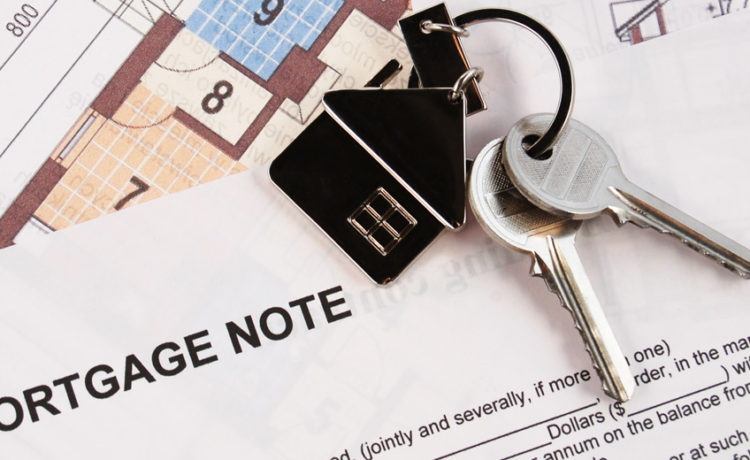If you have seen “The Big Short” then you know that loans are assets that can be bought and sold just like real estate, stocks, or bonds. However, you might not realize that you don’t have to be an investment banker to invest in notes. In fact, the barriers to entry for note investing are in many cases lower than investing in real estate because you can often buy these real estates secured liens for a fraction of what it would cost to buy real estate.
Advantages of Note Investing
High returns: If your investment strategy is long term buy and hold you need to take a serious look at note investing. These returns can be substantially more lucrative when compared with owning rental property.
Secured by Real Estate: Owning a note secured by real estate gives you a lot of peace of mind because if payments aren’t made you can foreclose on the property and sell it.
Be the Bank: Do you remember the last time you called JP Morgan Chase or Bank of America to fix your toilet? Never… Me neither! Investing in notes can be much less of a hassle than investing in real-estate. We’ve all had to pay interest on a loan whether it’s for our mortgage, car, or student loan, but now the interest is on our side.
What’s the difference between a note and a mortgage?
A note is simply a promise to repay the loan and the terms for repaying that loan including the loan amount, duration, and the interest rate.
A mortgage or deed often referred to as “The Collateral” is a document that secures the loan by pledging the property as collateral for the loan. The mortgage is what allows the lender to foreclose if the borrower stops making their payments.
Performing vs Non-Performing Notes
A performing note is a note where the borrower is currently making payments (not in default). Performing notes have a higher value because of the interest that you are receiving in payments from the borrower. These loans are typically purchased as long term investments to receive a return from the interest being paid by the borrower.
A non-performing loan is a loan where the borrower has stopped making payments and gone into default. There are two common strategies that note investors have for these notes; buying the note with the intent to foreclose and take control of the property or buying the note with the intention of rehabbing the note, working with the borrower to make their payments again and getting the note reperforming, whatever an investor’s strategy they should always be prepared for either of these scenarios when investing in non-performing notes.
To learn more about strategies read my article on “Five Note Investing Strategies”
Values Based on Borrowers and Assets
The value of a note can be dependent on both confidence in the borrower’s likelihood to continue making their payments, and the value of the property in case the borrower stops making their payments and the lender must foreclose. On a performing loan both are very important, you will take into account the borrowers credit score, debt to income ratio, equity in the property, down payment, how long they have been paying on the loan, as well as if they are up to date with any other liens on the property. You may also look for other clues to indicate a borrower’s emotional equity invested in the property; how well are they keeping the property, are they making improvements, do they have children who attend school in the community. All of these are good indicators to estimate the borrower’s ability and motivation to continue making payments. On a non-performing loan that you hope to rehab and get preforming these indicators should be looked at even closer! On a note where you expect to acquire the property you are ,of course, mostly concerned with the condition and recent sale comps in the area.
First Mortgages vs Second Mortgage
You can buy first, second, or even third mortgages or other liens on a property. The higher the loans position, the riskier it is because if a note in a lower position is foreclosed on first the higher position notes are wiped out and the lenders get nothing. With this risk comes unique opportunities because these notes can be purchased for higher discounts. These notes can also be purchased as performing loans for income, as non-performing loans with the intent to acquire the property subject to the first, or they can be rehabbed and sold as reperforming loans. If you own a note in second position and the first goes into foreclosure you may also try to buy the first or buy the property at foreclosure. If the first goes to foreclosure anything paid above the principle and penalties of the first goes to the second and so on.

